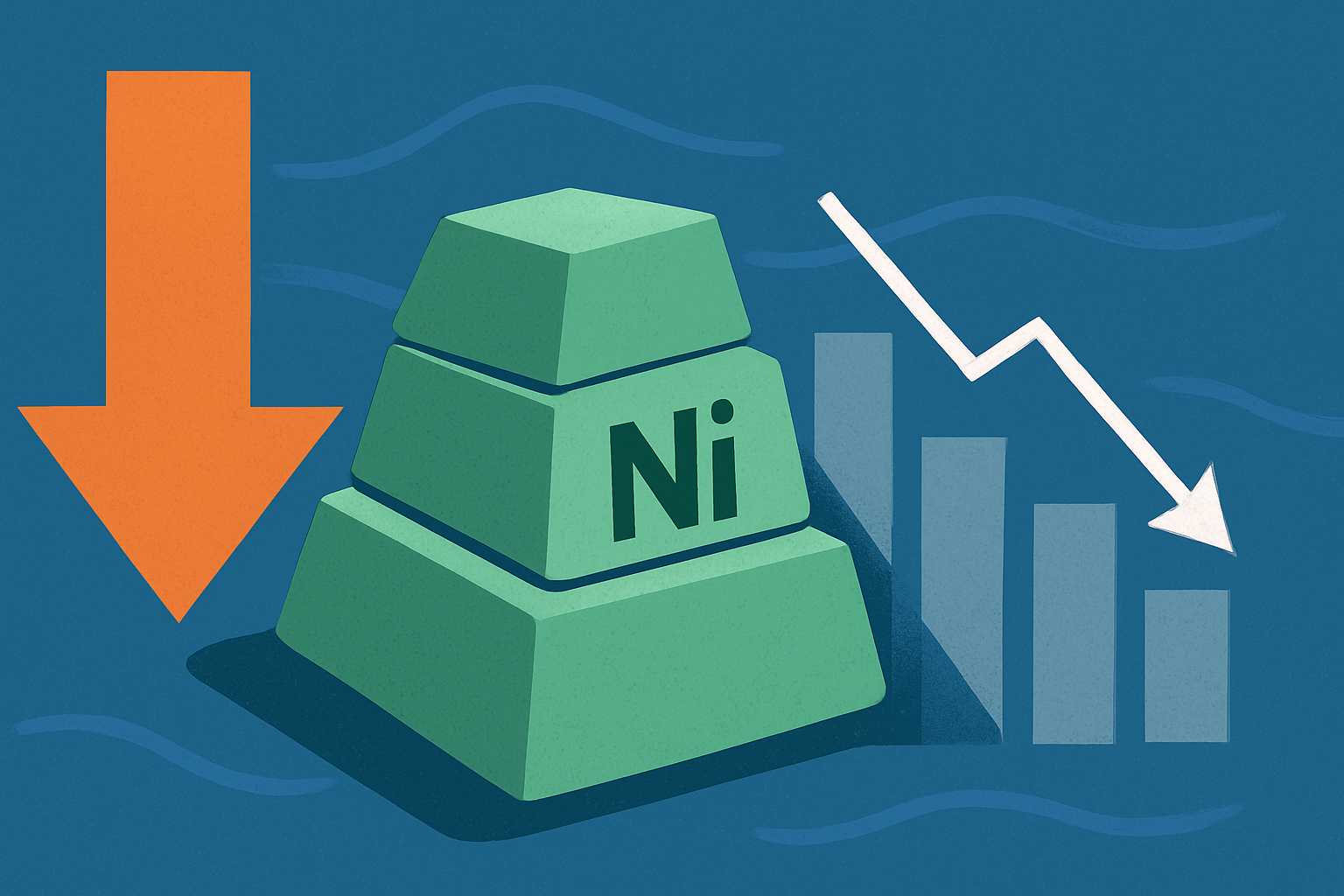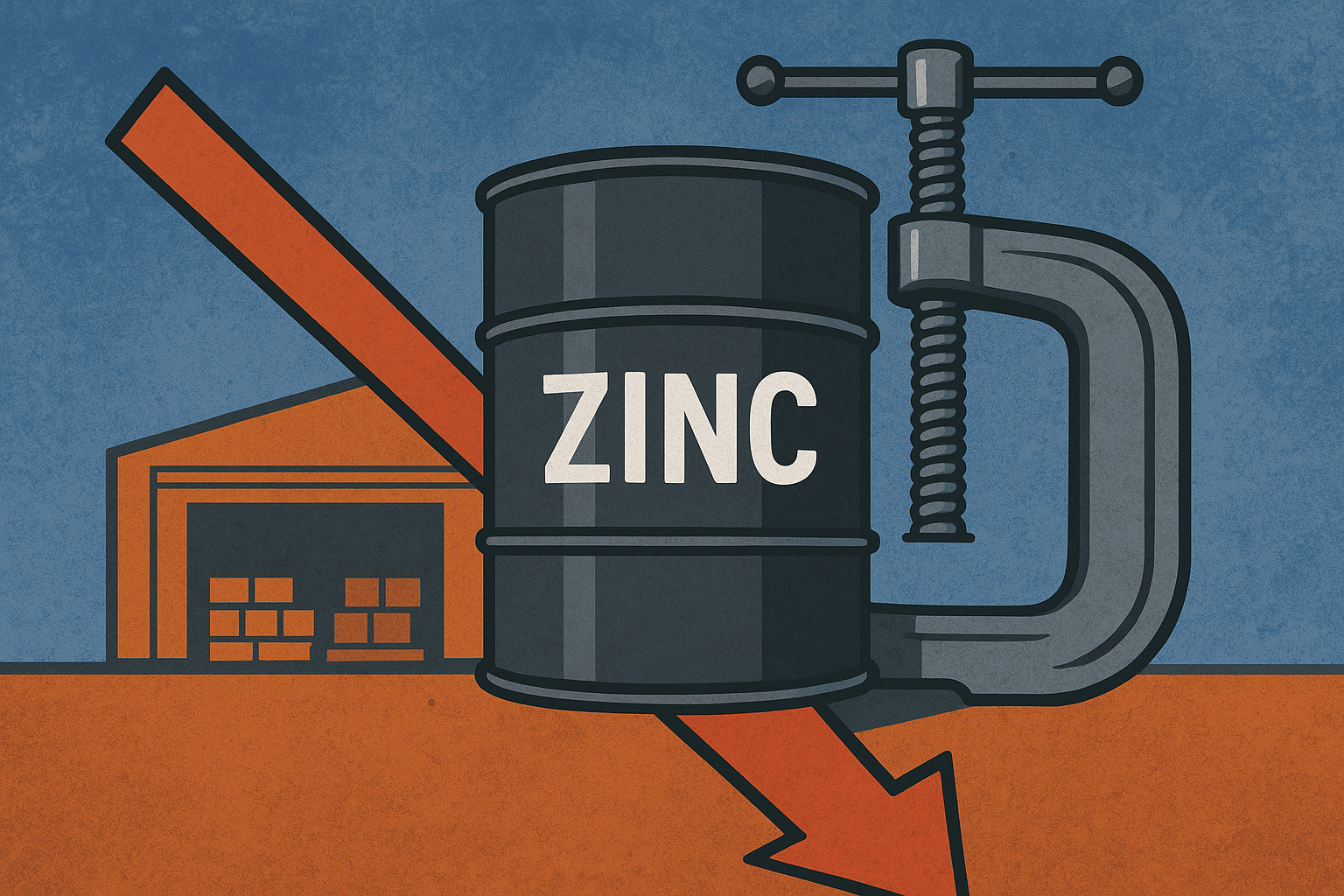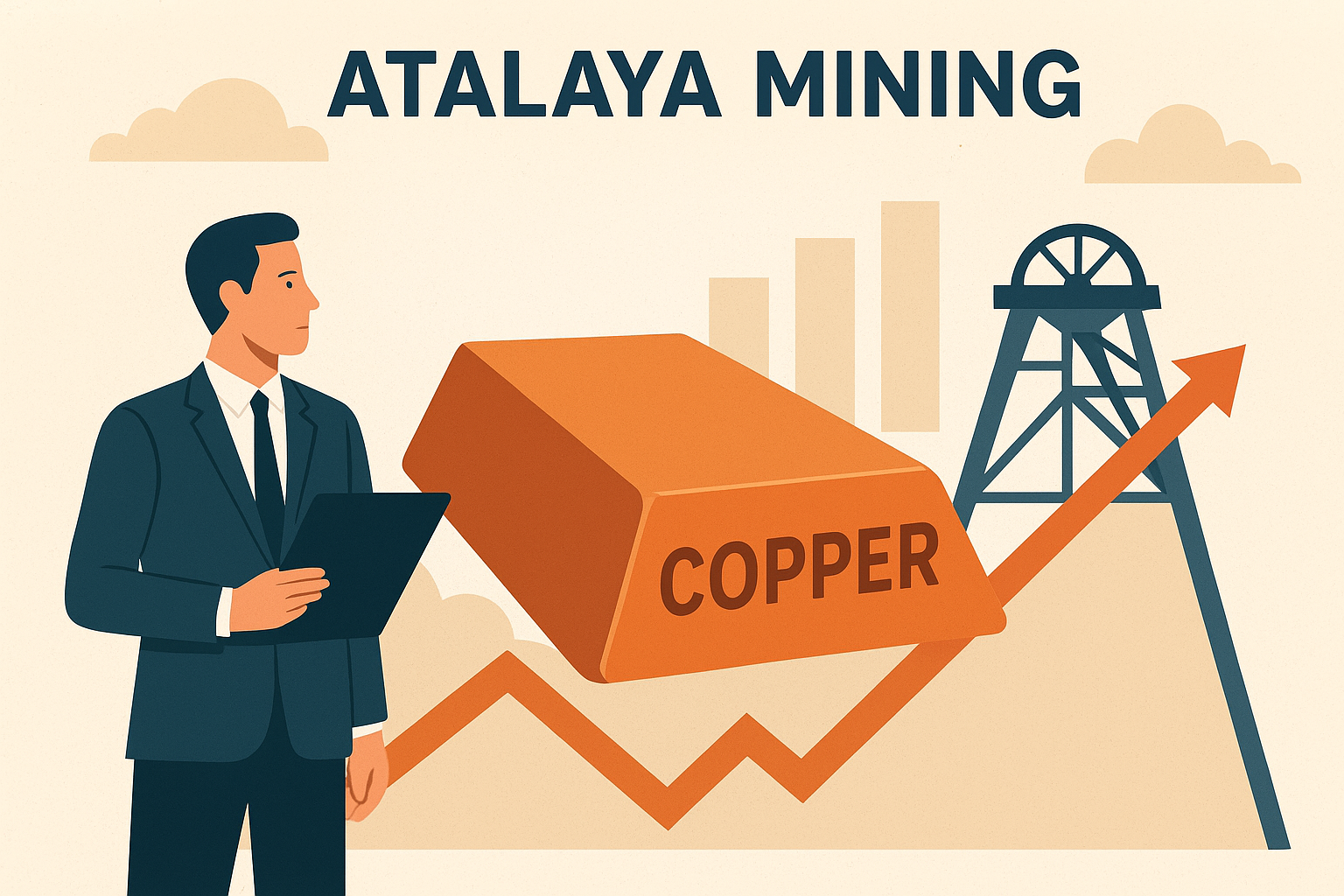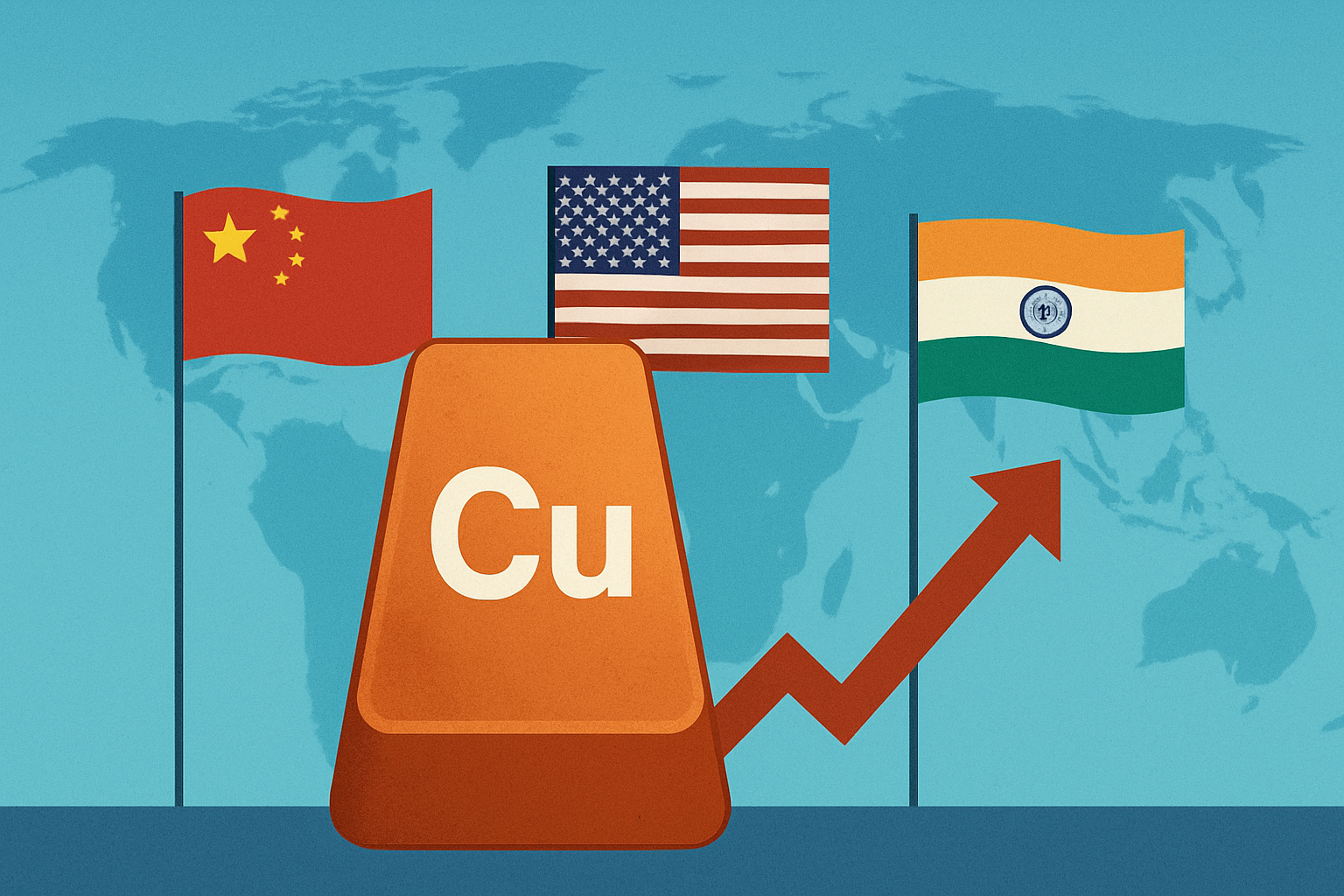Nickel, once hailed as a cornerstone of the green energy transition, is facing a deep chill. Prices are now lingering around US $15,000 per tonne, their lowest in nearly five years, according to Trading Economics and TradingView data. For a metal that was supposed to benefit from the electric vehicle (EV) revolution, this stagnation is raising serious questions among investors about timing, supply discipline, and demand recovery.
The latest insights from S&P Global Commodity Insights, quoting Macquarie analysts, suggest that the global nickel market could remain in oversupply until as late as 2030. That means the slump isn’t just cyclical—it may reflect a deeper structural imbalance between booming supply and moderating demand growth.
A Glut That Won’t Quit
Indonesia, the world’s largest nickel producer, continues to flood the market with low-cost production. The nation’s rapid expansion of nickel processing capacity—particularly through its nickel pig iron and matte exports—has reshaped global dynamics. While Western producers grapple with cost inflation and environmental scrutiny, Indonesian supply keeps rising.
According to Trading Economics, nickel futures have been stuck between US $14,800 and $15,400 per tonne throughout October, down more than 30 % from 2022 highs. The demand side has failed to keep pace: stainless steel output has plateaued in China, and the much-hyped EV battery boom hasn’t yet absorbed enough nickel to offset that decline.
Battery-grade nickel (Class 1) remains a small fraction of total demand, meaning that short-term price recovery depends heavily on industrial metals consumption rather than EV growth. Analysts at S&P Global warn that without a major slowdown in Indonesian output or stronger EV uptake, the market could remain oversupplied well into the next decade.
Why This Matters for Investors
The nickel story is a cautionary tale about timing in commodities. Over the past three years, investors piled into nickel exposure anticipating exponential demand growth from electric vehicles. That narrative hasn’t fully materialized—at least not yet.
The EV market is expanding, but battery chemistry diversification has diluted nickel’s dominance. Manufacturers are increasingly favoring lithium iron phosphate (LFP) batteries, which contain little or no nickel, especially for mass-market EVs.
Meanwhile, higher global interest rates have slowed industrial investment and weakened construction demand, both major consumers of stainless steel—and by extension, nickel. The London Metal Exchange (LME) nickel price index reflects this drag, showing limited liquidity and investor apathy after last year’s market turmoil.
For exploration-stage and mid-tier producers, this environment means tight margins and delayed project timelines. Junior miners without offtake agreements or downstream partnerships are particularly vulnerable.
Future Trends to Watch
- Indonesian Policy Shifts:
Any regulatory tightening or export restriction from Indonesia could swiftly rebalance supply. However, current policy direction favors continued expansion, making near-term supply cuts unlikely. - Western Supply Chain Development:
Governments in the U.S., Canada, and Australia are prioritizing critical mineral independence. Watch for incentives under the U.S. Inflation Reduction Act (IRA) and Australia’s Critical Minerals Strategy 2025 to bolster local nickel projects and refine capacity. - Battery Technology Evolution:
Should EV manufacturers revert to high-nickel chemistries for energy density reasons, demand could rebound sharply. Companies like Tesla and Panasonic continue to signal interest in nickel-rich batteries for premium models. - Macroeconomic Rebound:
A revival in global manufacturing—especially in China and India—could provide a lift. However, with global growth forecasts trimmed by the IMF for 2026, the near-term outlook remains cautious.
Key Investment Insight
For investors, nickel’s current weakness may represent a “wait-for-recovery” scenario rather than an immediate buying opportunity. The fundamentals remain challenged by oversupply and cost competition, but the long-term EV and clean-energy narrative still supports a strategic floor.
Investors should focus on companies with:
- Low-cost production bases (especially those outside Indonesia’s political risk zone)
- Integrated supply chains with battery-grade refining capacity
- Strong offtake agreements with automakers or battery manufacturers
Cautious accumulation during the current trough could pay off in 2027–2030, when tighter environmental regulations and higher EV adoption might start curbing the glut.
Bottom Line
Nickel’s slide underscores the volatility that can hit “future-facing” commodities when exuberant demand forecasts meet stubborn supply realities. While the market remains oversupplied, patient investors who can ride out short-term pain may find value in strategically positioned miners or refiners aligned with the global energy transition.
For now, nickel isn’t the hot trade—it’s the strategic hold.
Stay informed with ExplorationStocks.com for daily investor insights, sector trends, and real-time analysis shaping the global commodities market.






